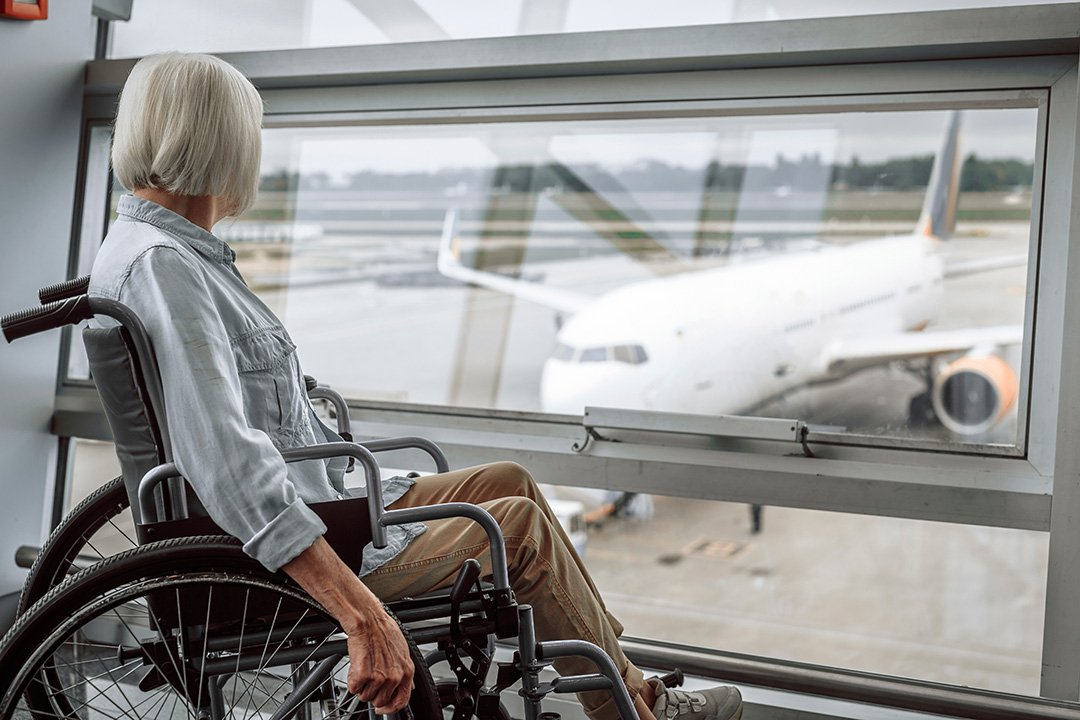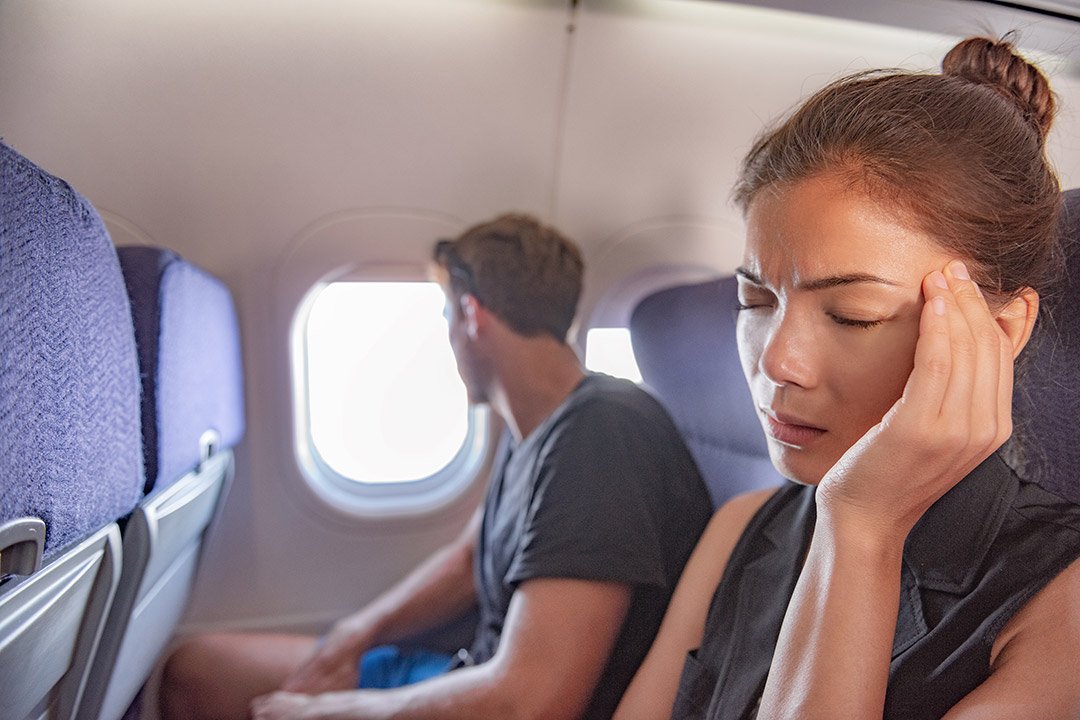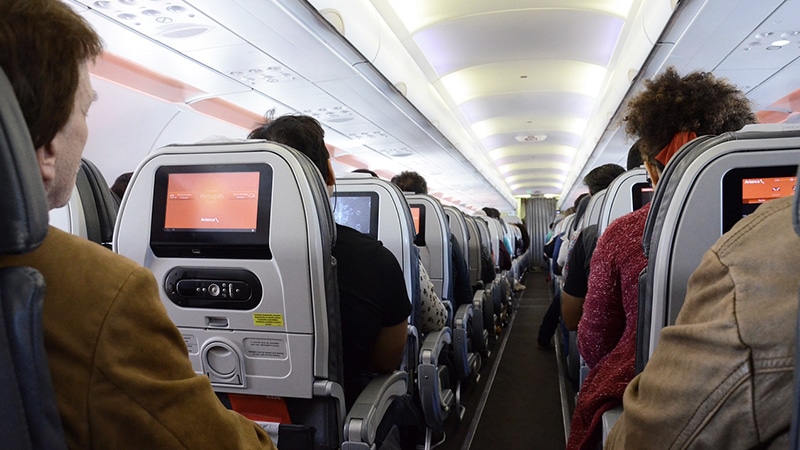Traveling can be an enriching experience, but it can be especially challenging after undergoing back surgery. As someone who has navigated the skies post-surgery, I understand the myriad of questions and concerns that can arise. In this guide, we’ll delve into everything you need to know about flying after back surgery, including essential tips, destination highlights, and personal experiences to make your travels as enjoyable as possible.
Understanding Back Surgery and Its Implications on Travel
Back surgery is often a necessary procedure for those suffering from severe back pain, herniated discs, or spinal stenosis. However, the recovery process can be daunting, especially when considering air travel. It’s essential to understand how the surgery affects your mobility and what precautions you must take before planning a trip.
Types of Back Surgery
- Discectomy
- Laminectomy
- Spinal Fusion
- Vertebroplasty
Recovery Timeline
Recovery times vary based on the type of surgery and individual health conditions. Typically, you may be advised to wait:
- 1-2 weeks for minor procedures
- 4-6 weeks for major surgeries
- 6+ weeks for more extensive reconstructions
Pre-Travel Preparations
Consulting Your Doctor
Before booking any flights, consult your healthcare provider. They can assess your readiness to travel and provide specific advice tailored to your recovery status.

Travel Insurance Considerations
Having travel insurance is crucial, especially post-surgery. Ensure your policy covers medical emergencies related to your recent surgery. Look for policies that offer:
- Coverage for cancellation due to medical issues
- Medical evacuation options
- 24/7 support services
Packing Essentials for Post-Surgery Travel
Comfortable Clothing
Opt for loose-fitting, comfortable clothing that allows for ease of movement and does not irritate surgical sites.

Medical Supplies
Pack any necessary medications, a copy of your medical records, and a support brace if prescribed.
Travel Aids
Consider packing a travel pillow for neck support, a lumbar roll for back support, and a foldable cane or walker if needed.

Booking Your Flight
Choosing the Right Airline
Different airlines have varying policies regarding passengers with medical needs. Look for those that:
- Provide wheelchair assistance
- Offer early boarding
- Have comfortable seating arrangements
Seating Recommendations
If possible, request an aisle seat to allow for easy access to the restroom and the ability to stretch your legs.

At the Airport: Navigating Security and Boarding
Arriving Early
Give yourself plenty of time at the airport. Arriving early will reduce stress and provide ample time for any necessary accommodations.
Requesting Assistance
Don’t hesitate to ask for help. Airport staff are trained to assist individuals with mobility issues. You may want to:
- Request a wheelchair
- Inquire about priority security screening
/assets/images/provider/photos/2732001.jpg)
During the Flight: Staying Comfortable
In-Flight Exercises
Once you’re in the air, it’s important to move around to promote circulation. Here are some simple exercises:
- Ankle circles
- Toe taps
- Gentle knee lifts

Staying Hydrated
Drink plenty of water during your flight to stay hydrated, but be careful not to overdo it, as frequent bathroom trips can be inconvenient.
Manage Discomfort
Bring a small pillow or rolled blanket for added back support, and consult your doctor for pain management options during travel.

Arriving at Your Destination: What to Expect
Transportation Options
Choose modes of transport that offer more comfort. Consider hiring a car service instead of using public transportation, and inform the driver of any specific needs.
Accommodations
Look for hotels that cater to individuals with mobility issues. Ensure that:
- Rooms are on the ground floor or offer elevator access
- There are grab bars and other safety features
Destination Highlights for Post-Surgery Travelers
Top Relaxing Destinations
Here are some fantastic destinations that you might consider visiting post-surgery:
| Destination | Why It’s Great | Accessibility Features |
|---|---|---|
| Hawaii | Beautiful beaches and a relaxed atmosphere | Most resorts offer accessible rooms |
| San Diego, CA | Mild weather year-round and stunning coastal views | Public transport with wheelchair access |
| Florida Keys | Scenic drives and laid-back vibe | Many wheelchair-friendly attractions |
Pros and Cons of Traveling After Back Surgery
Pros
- Change of scenery can enhance recovery mood
- Opportunity to engage in gentle activities like walking or swimming
- Chance to spend quality time with family or friends
Cons
- Risk of discomfort or pain during travel
- Limited mobility can be frustrating
- Need for careful planning and accommodations
Top Products for Post-Surgery Comfort While Traveling
Recommended Travel Products
| Product | Rating | Price Range | Quick Review |
|---|---|---|---|
| Travel Neck Pillow | 4.5/5 | $20 – $35 | Great for neck support. |
| Lumbar Support Pillow | 4.7/5 | $15 – $30 | Excellent for back support. |
| Compression Socks | 4.6/5 | $10 – $25 | Helps prevent swelling. |
FAQs: Traveling After Back Surgery
Is it safe to fly after back surgery?
Generally, it is safe to fly after back surgery, but it’s vital to consult your doctor and follow their recommendations regarding your specific situation.
How long should I wait to fly after surgery?
Most doctors recommend waiting at least 2-6 weeks post-surgery, depending on the procedure and your recovery progress.
What should I do if I experience pain during the flight?
If you experience pain while flying, try gentle movements, breathing exercises, and ensure you have your pain management medications accessible.
Can I use a wheelchair at the airport?
Yes! Airports provide wheelchair services, so make sure to request assistance when booking your flight.
What destinations are recommended for post-surgery recovery?
Peaceful destinations like Hawaii, San Diego, and the Florida Keys are ideal for relaxation and gentle activities post-surgery.
Conclusion: Embrace Your Journey
Traveling after back surgery can be a rewarding experience with the right preparation and mindset. By following this guide, you can navigate your journey with confidence. Remember, your health and comfort come first, so take it easy and enjoy the adventure of exploring new places in your own time.